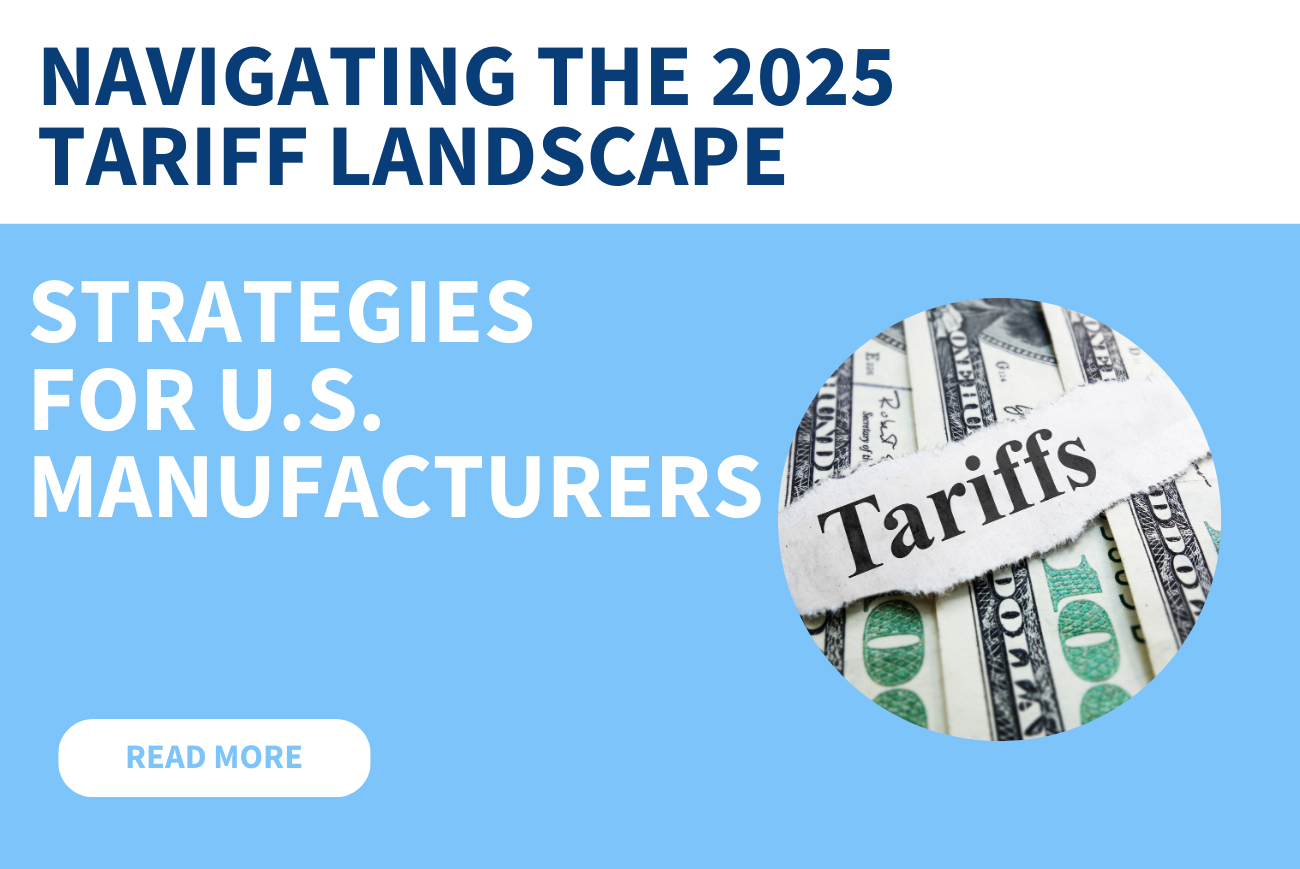88% of executives believe that sustainable manufacturing practices are important for their company's success. It's no surprise when organizations discovered they could reduce inventory cost and their environmental impact, that there it became prevalent for manufacturers to prioritize sustainability in their operations. Many manufacturers are seeing cost savings associated with sustainable practices, such as energy efficiency, waste reduction, and resource conservation, which can improve their bottom line while also benefiting the environment.
Did you know that your inventory turnover rate could be hurting the environment?
Excess & Obsolete Inventory
When a company holds too much inventory, there is a delay in inventory turns and a higher likelihood of the inventory becoming obsolete. Having excess inventory eats up working capital while obsolete inventory becomes waste, both are not environmentally sustainable.
Excess and obsolete inventory can be increasing your manufacturing carbon footprint. Here are a few examples of how your inventory turnover ratio may be non-environmentally sustainable:
Energy Conservation
Keeping inventory in stock requires energy to manufacture, transport, and store. When companies reduce their inventory, they also reduce the energy needed to produce, transport, and store their products, which can result in a decrease in greenhouse gas emissions and lower the carbon footprint of the company.
Resource Conservation
Inventory reduction can also help conserve natural resources such as water, wood, and other materials. For example, when a company reduces its inventory of paper products, it reduces the amount of wood needed to produce the paper. This can help conserve forests and reduce deforestation.
Transportation
When a manufacturer expediates a single order due to a shortage, not only do they have to pay more for shipping but they are expanding their carbon footprint for the extra deliveries.
Ultimately, reducing inventory turns can help companies become more sustainable and minimize their impact on the environment.
Manufacturers can operate more sustainably using inventory reduction technology by implementing the following practices:
Real-time inventory tracking
Implementing real-time inventory tracking technology allows manufacturers to have a better understanding of their inventory levels and avoid overstocking. This reduces the need for excessive production and transportation, which can decrease the carbon footprint of the company.
Demand forecasting
Accurate demand forecasting can help manufacturers predict how much inventory they need to produce and keep in stock, thus avoiding overproduction and excess inventory. This can lead to reduced waste and decreased carbon emissions associated with the production, transportation, and storage of excess inventory.
Collaboration with suppliers
Manufacturers can work collaboratively with their suppliers to implement sustainable practices, such as using eco-friendly materials, reducing packaging waste, and optimizing transportation. This can help minimize the environmental impact of the entire supply chain and reduce the carbon footprint of the manufacturer.
Utilizing cross-site analytics
By tracking your inventory across sites through a centralized view, you can find sites that have inventory shortages and sites that have excess inventory so that you can move materials from sites that do not need it to sites that do need it.
By implementing these practices, manufacturers can reduce their environmental impact, improve their sustainability, and achieve cost savings through reduced inventory waste and more efficient production and transportation.






